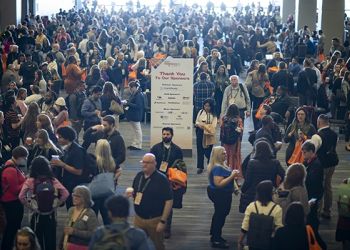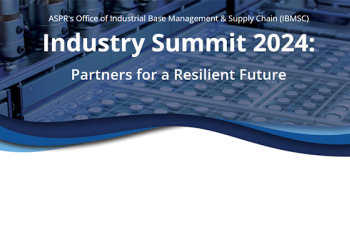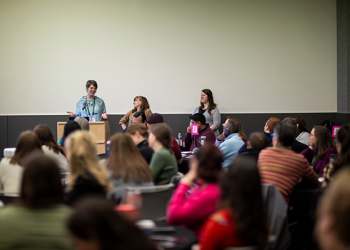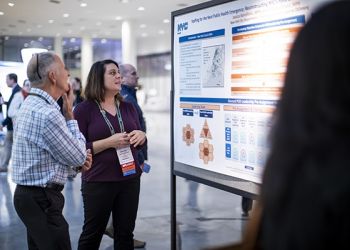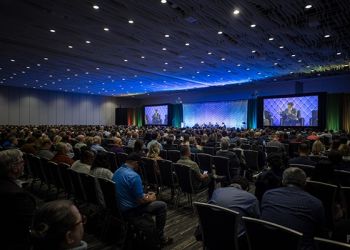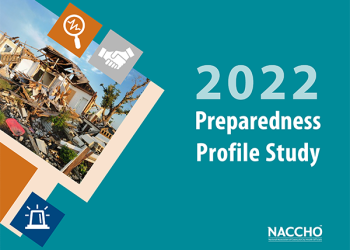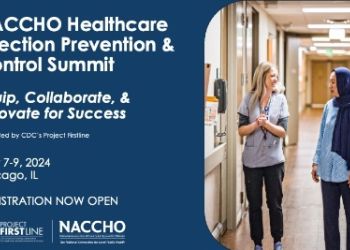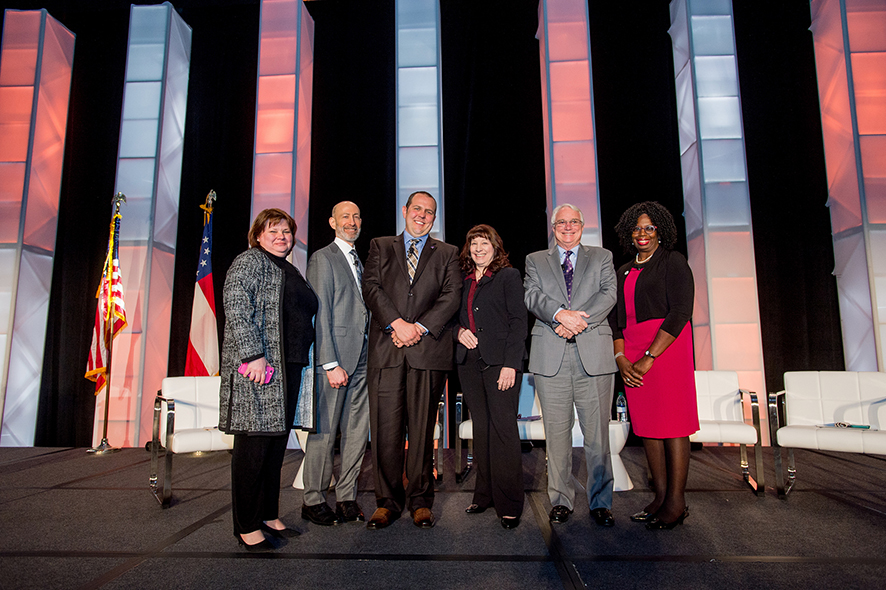 This story originally ran in Preparedness Brief blog.
This story originally ran in Preparedness Brief blog.
At the 2018 Preparedness Summit, speakers representing the state, local and territorial perspectives on last year’s hurricane and wildfire events gave an overview of what happened, what went well, and what could have been done better.
Susan Fanelli, assistant director, California Department of Public Health, provided the state perspective on the California wildfires. California developed the Public Health & Medical Response System several years ago to share resources and situational awareness to increase coordination across counties. Between this resource and the GIS-based (geographic information system) dashboard that allowed the state to capture updates in real-time to disseminate out to stakeholders, local health departments were equipped with the most accurate information available.
Last year’s wildfire season was especially challenging because the affected areas were heavily populated areas. The challenge to evacuate assisted-living facilities was unprecedented. They needed a lot of things that were difficult to acquire, quickly.
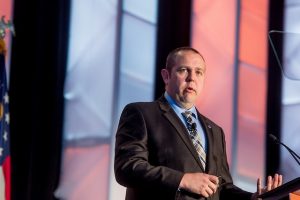
Chris Rosa, deputy emergency medical services (EMS) administrator, Ventura County EMS Agency Rosa, from Ventura County, Calif., spoke from the local perspective. His cautionary advice included: Know your roles and responsibilities, develop and maintain relationships, trust the information relayed by partners, capitalize on available resources, and balance logistical “wants” with “needs.”
In addition to the behavioral health challenges, the largest impact (mental health and otherwise) the county sustained was the loss of a psychiatric hospital.
The U.S. Virgin Islands (USVI) experienced two Category 5 hurricanes back-to-back—Hurricane Irma and then Hurricane Maria. Almost 100 percent power was lost, there was significant damage to health department buildings and hospitals, 13 schools closed and about 900 critical-needs patients and caregivers had to be evacuated.
The most successful aspect of the response was the coordination between EMS, nursing, and preparedness staff and the collaboration with federal partners. EMS teams from Arkansas and New Jersey helped respond to the spike in emergency calls made in USVI.
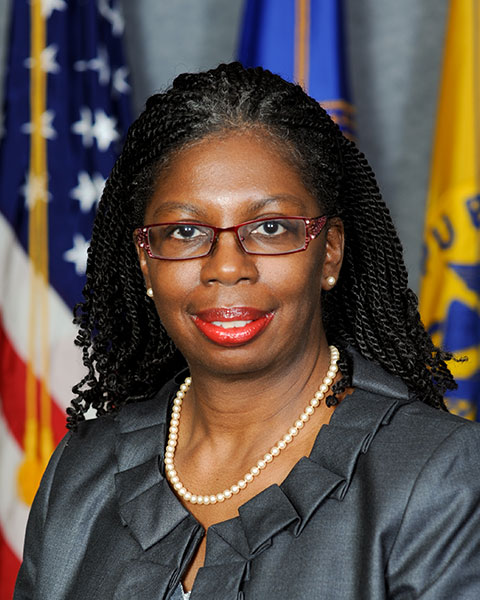
Michelle Davis, health commissioner and chief health officer, U.S. Virgin Islands Department of Health, pointed out the necessity to talk about cultural competence and increasing diversity across race, gender and languages spoken when talking about national preparedness efforts. USVI is a territory consisting of primarily people of color; and the territory experiences many health disparities. Other improvements that could have helped response efforts include increasing procedural flexibilities for government operations (e.g., procurement, hiring/reassignment of staff) when in the midst of crisis and developing a more equal partnership with local government officials and communities.
Robert Eadie, health officer and administrator, Monroe County, Fla., shared his hard-earned wisdom with the crowd. All communication was lost for four days and the debris from Hurricane Irma created significant logistical challenges. Eadie recommended to think beyond what supplies you need, and consider how you’ll get it from where it lands, to where you actually need it. Other suggestions included testing out your resources (e.g., a satellite phone) prior to an event.
Eadie reminded the crowd, “Be with your people, with your staff. Tell them what a great job they’re doing. Remember, they’re affected like everyone else. You’re asking them to put that aside to serve everyone else.” And it takes everyone in the room to respond in a comprehensive way.
Check out this slideshow from the Summit!
…
Stay up-to-date on the Preparedness Brief blog in the next few weeks to get a summary of each plenary and late-breaking session.
Access 2018 Preparedness Summit Resources
- Visit the Preparedness Summit website to stay up to date on when abstracts open for the 2019 Preparedness Summit and when to register.
- To access photos and presentation slides of the sessions, go to the Preparedness Summit website, click on the “Schedule of Events” tab to go to the full schedule. Log into your account by clicking “My Schedule” on the left column and click the audio icons next to each session.
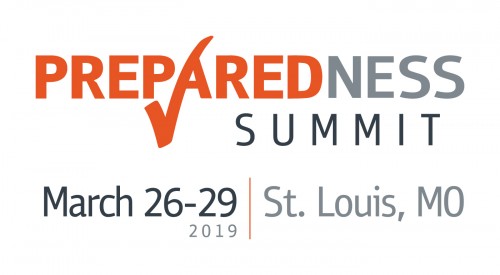 Save the Date for the 2019 Preparedness Summit
Save the Date for the 2019 Preparedness Summit
Next year’s Preparedness Summit will take place March 26-29 in St. Louis, Mo.
The Preparedness Summit is the first and longest running national conference on public health preparedness. Since its beginning in 2006, NACCHO has taken a leadership role in convening a wide array of partners to participate in the summit; presenting new research findings, sharing tools and resources, and providing a variety of opportunities for attendees to learn how to implement model practices that enhance the nation’s capabilities to prepare for, respond to, and recover from disasters and other emergencies.
